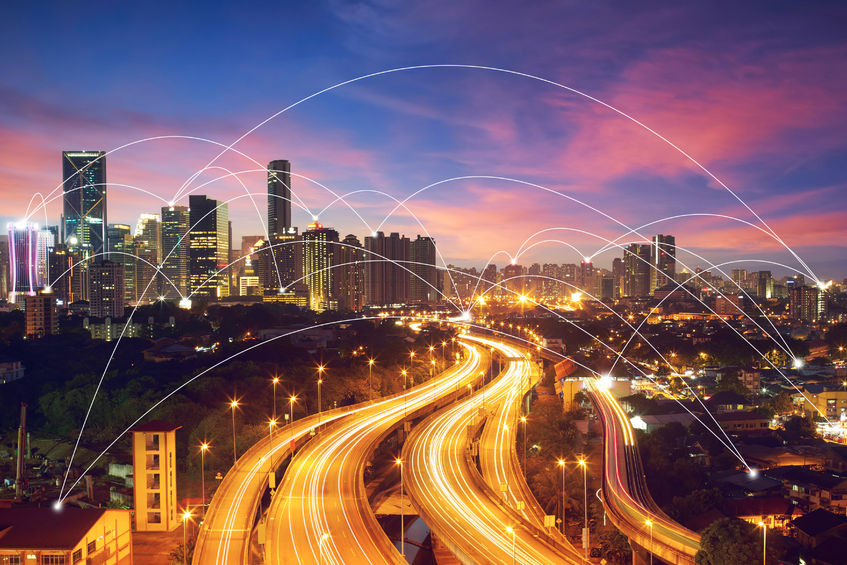Poor Wi-Fi connectivity in your neighbourhood can be solved with good governance, network management and awareness.
Last August, the Government of Maharashtra announced an ambitious smart city project for Mumbai. It declared that Mumbai would be made a ‘Wi-Fi city’ with 1,200 hotspots at 500 locations around the city, in Phase I. The CM, Devendra Fadnavis said 500 of those hotspots would be completed by Nov 2016 and the balance by May 2017. The Wi-Fi network named ‘Aaple Sarkar_MumWiFi’ will offer speeds of up to 20 Mbps (megabits per second). Under the scheme, the first 1GB of data or the first 30 minutes of use – whichever comes first – will be free. After that, you will be charged at competitive rates.
Google also provides free Wi-Fi connectivity at Indian railway stations. The government of India wants to roll out free Wi-Fi in Indian villages under an initiative called ‘Digital Village’. It also wants to connect all the educational institutes.
Mumbai’s citizens got their first experience of the free Wi-Fi network last month. For many, the experience was disappointing as they could not connect to the network or got very poor speeds. Some got error messages after several attempts to connect to the network. Read more about it here. Many took to Twitter to vent their frustration.
Santanu Ghose, Director Networking, HPE Aruba.
But why does this happen? Is that a problem of scale with too many logging in simultaneously, or is it something else? We asked Santanu Ghose, Director Networking, HPE Aruba.
Santanu cites various issues like lack of governance, poor bandwidth management, device compatibility and, of course, misuse by users. His company is working closely with the state governments in India on massive Wi-Fi projects; the government asked him to create more awareness.
“These are vast networks and as they come up, multiple devices get connected: printers, scanners, and different type of phones. This chokes the bandwidth and connectivity becomes a problem,” says Santanu.
The access devices themselves may be restricting the connectivity. What matters is the quality of the radio transceivers in these devices. A cheap phone won’t have a good transceiver compared to, say, an iPhone.
Bandwidth management is the key to have good Wi-Fi connectivity opines Santanu.
“Aruba AppRF technology is a differentiator for us and it looks at what application is running on the device. So, if you are doing video conferencing, it decides that you need more bandwidth; for email, it would be less,” he adds.
In technical terms, this automatic provisioning of bandwidth provides quality of service or QoS.
Santanu believes that the efficient management of bandwidth based on usage will manage Wi-Fi networks efficiently, and will solve our connectivity problems.
NETWORK MISUSE
But there is the people issue too.
Once Wi-Fi hotspots come up people have big expectations, and there is misuse too, he says. It has been observed that people come to a free Wi-Fi hotspot to download or upload their videos, and then go home. “This not what the hotspots were designed for; these were designed to facilitate some basic browsing or messaging for one who is on the move.”
To get around this, network administrators put restrictions like capping bandwidth and limiting access time, as we mentioned at the beginning of this story. “But I believe that imposing restrictions are not the solution to the problem,” says Santanu.
The main problem is not technology but governance, he says.
“The biggest concern of a smart city is not the technology but the management of the city. Who is the CEO of the city? For instance, New York is governed and owned by the Mayor. We do not have this concept in our Indian cities. There is a governance and legislation issue that needs to be fixed.”
Elaborating on this point, he says different utility companies dig up the earth at different times and accidentally cut the fibre. This is because there is no single authority to manage the city, so coordination between entities is lacking.
The next time you are faced with a connectivity issue in a free Wi-Fi hotspot, you can be more responsible and think about others who are trying to connect. And don’t blame the government for the bandwidth choke.
————————————————————————————————————————————————-
Brian was hosted by HPE Aruba in Bengaluru at Network University 2017.
RELATED STORY: GenMobile driving need for better Wi-Fi connectivity in Indian cities.

